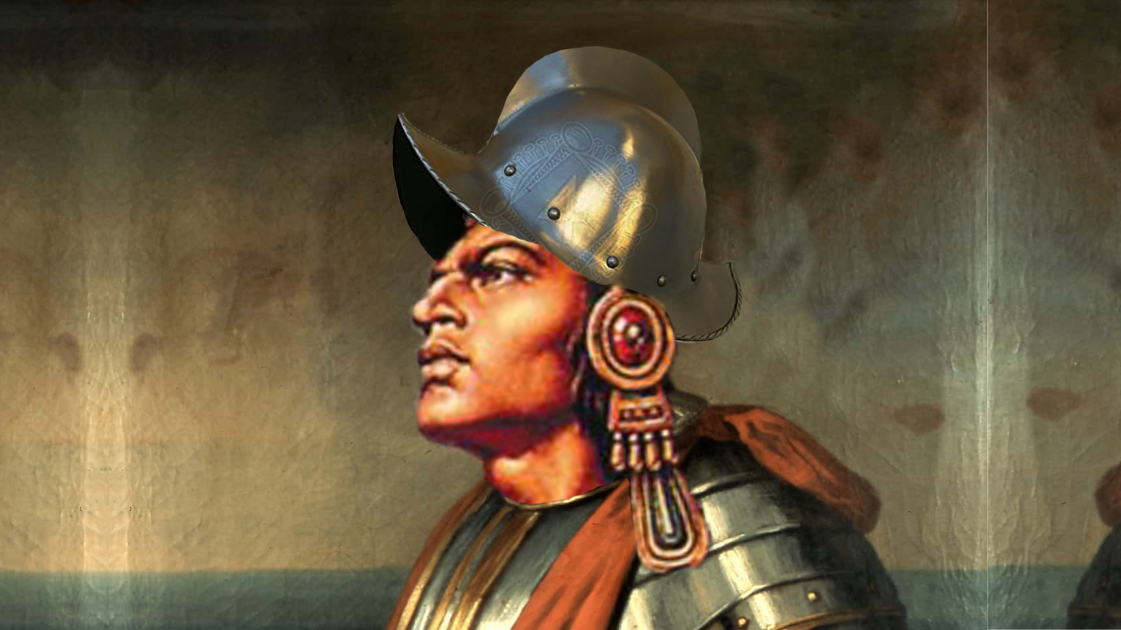5fish
Well-Known Member
- Joined
- Jul 28, 2019
- Messages
- 10,737
- Reaction score
- 4,570
It seems there was an Asia slave trade with South and Central America...
file:///C:/Users/DavidandSharon/Downloads/_book_edcoll_9789004346611_BP000055-preview.pdf
snip...
The story of the transpacific slave trade serves as a unique lens for understanding the development of the larger trade to Spanish America. The period of the trade in the Pacific (late 1560s to early 1700s) indicates that the slave trade as a whole changed with the advent of the foreign asientos (monopoly companies), which worked out of West Africa. In this sense, the reorganization of the slave trade and the consolidation of supply networks in the Atlantic arena led to the Africanization of slavery at the end of the seventeenth century. In part, Africans became the consummate slaves in Spanish America because European companies that only traded in African slaves came to dominate the market. The end point also marks the larger study as a whole, which focuses on chino slaves (the general term for all slaves who traveled across the Pacific) in Mexico. After 1672, there was no market for the chinos, for the simple reason they could no longer be legally held as slaves in Spanish America. The end of the transpacific trade thus brings into focus the interconnectedness between these two stories: the rise of the monopoly slave trading companies and the end of non-African slavery in Spanish America
snip...
The transpacific trade involved peoples from disparate places, including East Africa, Portuguese India, the Muslim sultanates of Southeast Asia, and the Spanish Philippines. Once the slaves arrived in Acapulco, they were categorized as either blacks (negros), also called cafres, or chinos.3 Many slaves, however, were not classified at all in the treasury records of incoming slaves, or in other kinds of documentation. It is therefore impossible to calculate the percentage of slaves who were from any one region.4 Any estimate of the overall trade must be understood as including both blacks and chinos. The surviving records only allow for the general observation that Africans became more numerous in the second half of the seventeenth century.5 Their increased numbers point to the critical shift emphasized in this study, which is that Africans became the sole people who could be legally sold at market throughout the Spanish
file:///C:/Users/DavidandSharon/Downloads/_book_edcoll_9789004346611_BP000055-preview.pdf
snip...
The story of the transpacific slave trade serves as a unique lens for understanding the development of the larger trade to Spanish America. The period of the trade in the Pacific (late 1560s to early 1700s) indicates that the slave trade as a whole changed with the advent of the foreign asientos (monopoly companies), which worked out of West Africa. In this sense, the reorganization of the slave trade and the consolidation of supply networks in the Atlantic arena led to the Africanization of slavery at the end of the seventeenth century. In part, Africans became the consummate slaves in Spanish America because European companies that only traded in African slaves came to dominate the market. The end point also marks the larger study as a whole, which focuses on chino slaves (the general term for all slaves who traveled across the Pacific) in Mexico. After 1672, there was no market for the chinos, for the simple reason they could no longer be legally held as slaves in Spanish America. The end of the transpacific trade thus brings into focus the interconnectedness between these two stories: the rise of the monopoly slave trading companies and the end of non-African slavery in Spanish America
snip...
The transpacific trade involved peoples from disparate places, including East Africa, Portuguese India, the Muslim sultanates of Southeast Asia, and the Spanish Philippines. Once the slaves arrived in Acapulco, they were categorized as either blacks (negros), also called cafres, or chinos.3 Many slaves, however, were not classified at all in the treasury records of incoming slaves, or in other kinds of documentation. It is therefore impossible to calculate the percentage of slaves who were from any one region.4 Any estimate of the overall trade must be understood as including both blacks and chinos. The surviving records only allow for the general observation that Africans became more numerous in the second half of the seventeenth century.5 Their increased numbers point to the critical shift emphasized in this study, which is that Africans became the sole people who could be legally sold at market throughout the Spanish
Last edited:


